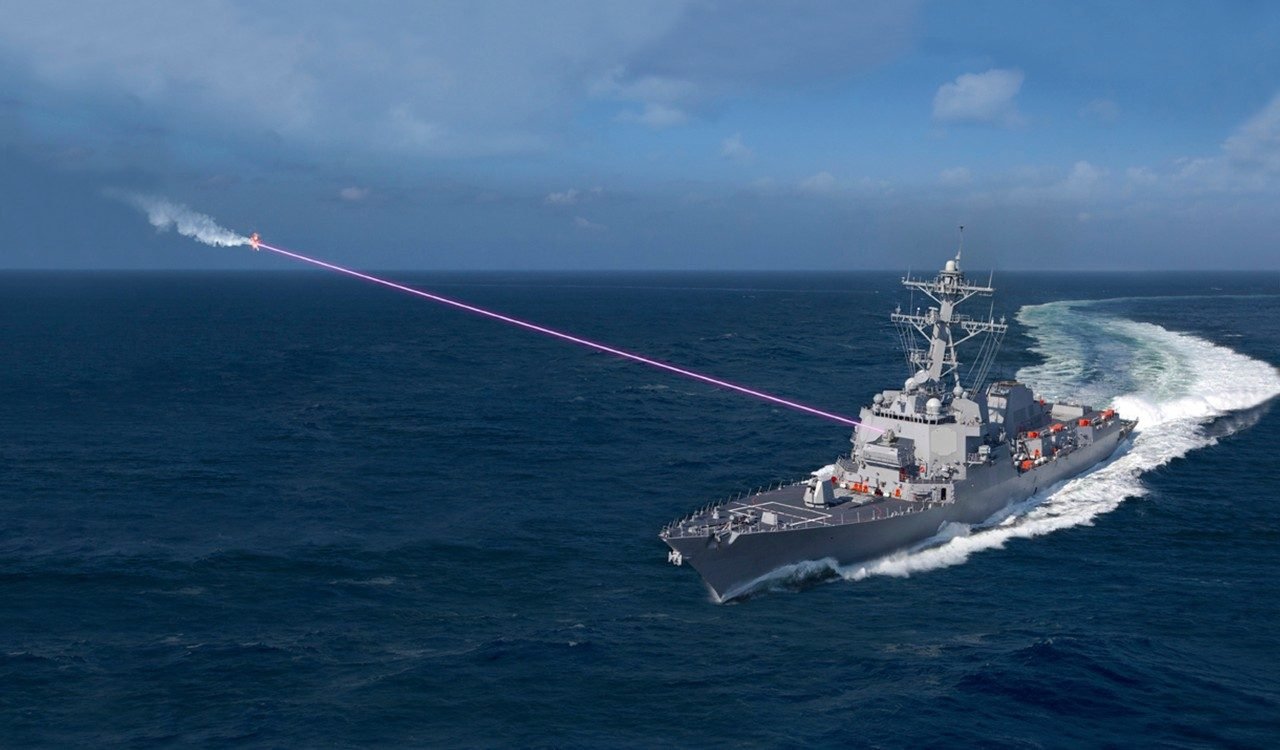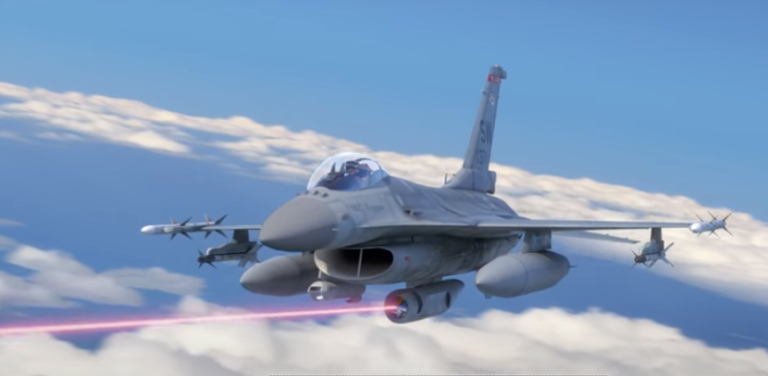Lockheed Martin has provided the Department of Defense (DOD) with the most powerful combat laser ever made, in a move that is part of an overall shift by the United States military to counter aerial threats like drones, rockets, mortars, and missiles with directed energy weapons.
In recent years, the U.S. Navy and the Air Force have already begun testing military-grade lasers for such purposes. However, the new Lockheed Martin combat laser system is by far the most powerful of these seen to date.
U.S. Military Already Testing Combat Laser Weapons
Modern warfare presents a number of new and emerging threats, many of which require a whole new approach to defense. The proliferation of everything from off-the-shelf drones to cutting-edge hypersonic missiles has made the skies particularly deadly and challenged the world’s militaries to come up with new and innovative ways to counter these increasingly effective tactics.
Hoping to complement their Iron Dome rocket system, which protects Israel from airborne threats, the Middle Eastern nation has begun testing and deploying an anti-drone, anti-missile laser system known as Iron Beam. In the U.S., both the Navy and the Air Force have also begun testing anti-drone/anti-missile laser systems, although neither has set a timeline for actual field deployment.


Most of these systems range from a relatively robust 60kW of power, which can down drones up to class three (around 1,300 pounds), while the Iron Beam system boasts an even heftier 100 kW of total power that can swat enemy rockets and mortars from the sky.
With this newly delivered system, Lockheed Martin has shattered those performance levels, promising a new era in laser defense.
300 kW is the Strongest Combat Laser System Ever Built
To deliver its ultra-high powered beam of light, a fire-breathing 300kW, the new Lockheed martin laser employs a sort of Star Wars Death Star approach. Specifically, the laser uses a series of smaller individual lasers broken into their component wavelengths, and then combines those separate beams into one, massively powerful beam of missile-blasting light. According to the company, this “spectral beam combined high energy laser architecture” technology is at the heart of Lockheed’s ability to deliver such a powerful system.
“Lockheed Martin increased the power and efficiency and reduced the weight and volume of continuous-wave high energy lasers which reduces risk for future fielding efforts of high power laser weapon systems,” said Rick Cordaro, vice president, Lockheed Martin Advanced Product Solutions, in a statement from the defense giant.
The same statement mentions that the system is not only the most powerful combat laser weapon the company has delivered to date but also notes that the contractor made the delivery ahead of the schedule first set out by the DOD when they were awarded the contract back in 2019.
As for how the DOD plans to use their new weapon, the Lockheed Martin release states:
“This 300 kW-class laser is ready to integrate with the DOD demonstration efforts including the U.S. Army’s Indirect Fires Protection Capability-High Energy Laser (IFPC-HEL) Demonstrator laser weapon system.”
More Testing, But Lasers in Actual Combat Are Coming Soon
As with previous laser systems currently being tested and evaluated by the U.S., there is no set date for actual field deployment. Instead, the systems will first undergo a rigorous evaluation period by the U.S. Army, and then will likely (hopefully) find their way to the troops in the field.
“The HELSI laser will support demonstration efforts with the Army’s IFPC-HEL,” the company explains of the projected testing timeline, “which is scheduled for laboratory and field testing this year.”
With this much raw power, the new Lockheed Martin 300kW laser is likely powerful enough to target even the most robust of missile systems, even hypersonic missiles. Given the constant advancements in such systems by world militaries, it seems only a matter of time before lasers of this awesome level of power start to show up on the 21st-century battlefield.
Follow and Connect with Author Christopher Plain on Twitter @plain_fiction

